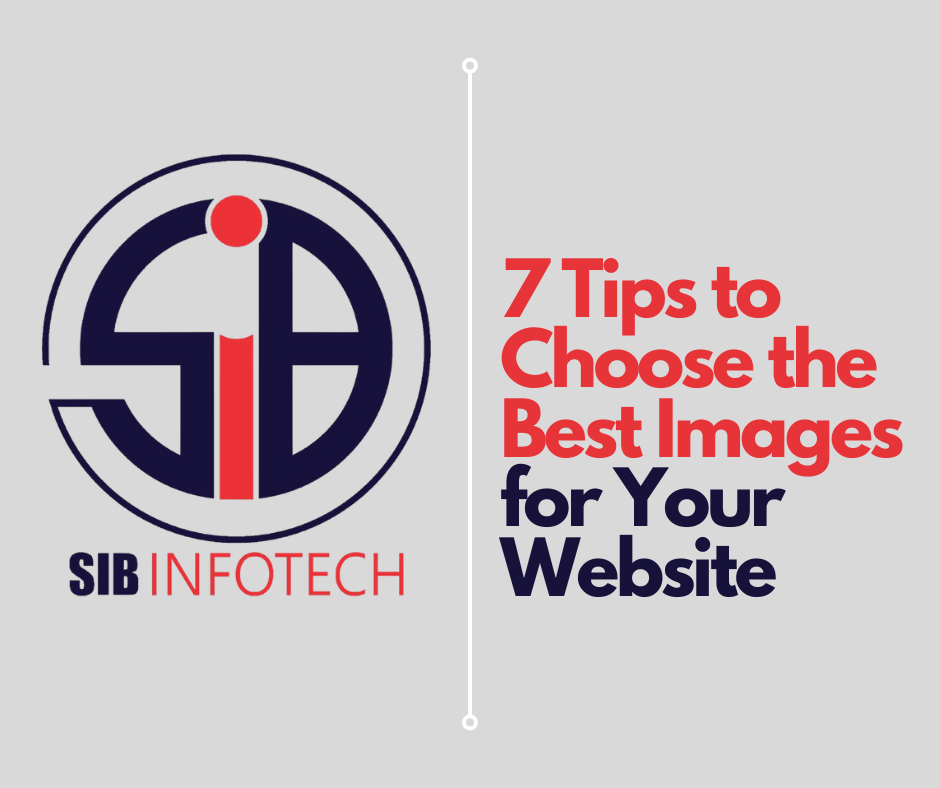Images play a crucial role in making your website visually appealing and engaging for visitors. They not only enhance the aesthetics of your site but also convey important information and create a memorable user experience. However, choosing the right images can be challenging. To help you make the best choices, here are seven tips to consider:
- Relevance: The images you select should be directly relevant to your website’s content, message, and target audience. For instance, if you’re running a travel blog, high-quality images of scenic destinations or adventurous activities would be appropriate. Irrelevant images can confuse visitors and dilute your brand message.
- Quality Over Quantity: It’s better to have a few high-quality images than a plethora of low-quality ones. Invest in professional photography or use reputable stock image websites to ensure that your images are clear, sharp, and visually appealing. Blurry, pixelated, or poorly cropped images can give a negative impression of your website and business.
- Consistency: Maintain consistency in style, color scheme, and tone across your images to create a cohesive look for your website. This consistency helps reinforce your brand identity and makes your site more visually appealing. Whether you opt for photographs, illustrations, or graphics, ensure they align with your brand’s aesthetic.
- Optimization for Web: Large image files can slow down your website’s loading speed, affecting user experience and SEO. Optimize your images for the web by compressing them without compromising quality. Use image editing tools or plugins to resize and compress images before uploading them to your site.
- Emotional Appeal: Choose images that evoke emotions and resonate with your audience. Whether it’s happiness, inspiration, or empathy, images that trigger emotional responses are more likely to captivate visitors and keep them engaged with your content. Consider how your target audience might feel when they see the images on your site.
- Authenticity: Authenticity is key to building trust with your audience. Avoid using generic stock photos that feel staged or artificial. Instead, opt for authentic images that reflect real people, situations, and experiences. Authenticity helps humanize your brand and makes it more relatable to your audience.
- Accessibility: Ensure that your images are accessible to all users, including those with visual impairments or disabilities. Provide descriptive alt text for each image to ensure screen readers can convey the content to users who rely on them. Additionally, avoid using images as the sole means of conveying important information; use descriptive text where necessary.
In conclusion, choosing the best images for your website requires careful consideration of relevance, quality, consistency, emotional appeal, authenticity, optimization, and accessibility. By following these tips, you can create a visually stunning and user-friendly website that effectively communicates your brand message and engages your audience. Remember, the right images have the power to leave a lasting impression and drive meaningful interactions with your website visitors.

